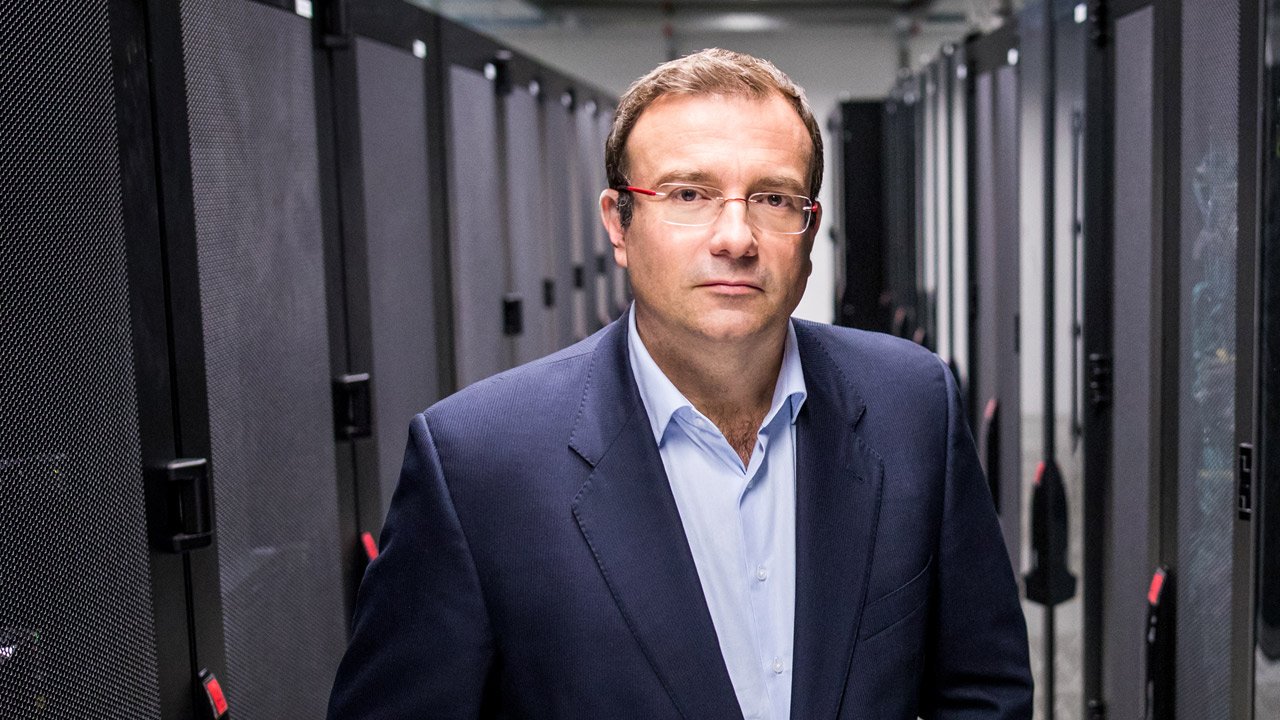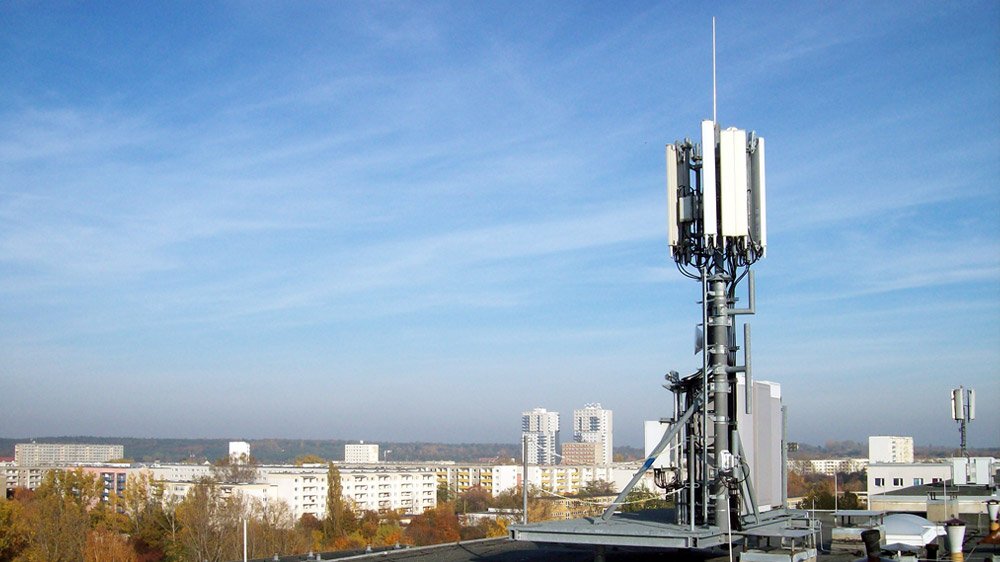30.10.2018
Telefónica Deutschland is constantly expanding:
O2 network already expanded by around 5,000 LTE stations in 2018

Cayetano Carbajo Martín
Telefónica Deutschland is consistently continuing the comprehensive expansion of its LTE network. In the third quarter of 2018 alone, Telefónica Deutschland installed nearly 2,000 new LTE stations and upgraded existing locations with additional LTE capacities. In total, the O2 network has already been expanded by around 5,000 LTE stations this year.
By way of comparison, the area newly supplied with LTE is significantly larger than the federal state of Hesse. The company is thus fulfilling its announcement not only to further densify its LTE network in cities, but also to rapidly expand its LTE network in rural areas so that more and more customers can surf the O2 network in more and more locations at faster speeds.
"With our rapid LTE expansion, we are creating an increasingly better network experience for our customers in urban and rural areas," says Cayetano Carbajo Martín, Chief Technology Officer (CTO) of Telefónica Deutschland. "At the same time, we are preparing our O2 network for the increasing mobile data usage of our customers and future digital applications. Therefore, almost every hour on average we put a new LTE station in our network into operation."
Better network experience: Extensive network density in large and small cities

In the cities, Telefónica Deutschland has greatly expanded the O2 network in recent months. To this end, the company has identified new transmitter locations in various large and small cities, set up stations and upgraded capacity - from A for Aachen to Z for Zarpen. From July to September alone, Telefónica Deutschland carried out a two-digit number of LTE upgrades in Cologne, Frankfurt, Munich, Leipzig, Mannheim, Duisburg, Hanover, Stuttgart, Bremen, Essen, Aachen, Bonn, Dresden and Oberhausen. In the largest cities Berlin and Hamburg, these were even in the almost three-digit range.
The network improvement ensures even faster data rates over the LTE standard in cities as data usage increases. In addition, the targeted use of the available LTE frequencies also improves supply in buildings.
LTE for more and more customers: Comprehensive LTE expansion making progress

Telefónica Deutschland is driving forward the expansion of its LTE network in Germany so that customers in rural and sparsely populated regions can enjoy high speed internet access. As a result of the network expansion in these regions, around 125,000 new people per week were supplied with LTE in the third quarter of 2018. Basically, the company has newly connected additional locations to the LTE network in all 16 federal states.
As a result, numerous communities benefited from the current LTE expansion, such as Werlte, Rhede, Neulehe and Surwold in Lower Saxony's Emsland region or Schlotheim, Ebeleben, Bleicherode, Leinefelde-Worbis and Dingelstädt in Central Germany. But Telefónica Deutschland has also pushed ahead with LTE expansion in Brandenburg and Mecklenburg-Western Pomerania in recent months. But not only various small towns and communities were equipped with LTE technology, but also tourist regions such as the island of Usedom, the Uckermark or other places along the A20 coastal motorway were made available. In southern Germany, communities in the Rhineland-Palatinate volcanic Eifel, the Lower Allgäu region and the Black Forest region, among others, benefit from a new LTE supply - as are some towns in Saxony.
Outlook – Focus on LTE expansion in rural areas and network optimization
In the coming months Telefónica Deutschland will continue to push ahead with the expansion of LTE at full speed. Since Telefónica Deutschland will largely complete the network integration of O2 and E-Plus by the end of 2018, the company will be able to concentrate its resources in the coming year entirely on LTE expansion in terms of rural areas, network densification and further network optimization. In addition to supplying rural areas, the company is also focusing on providing LTE along important transport infrastructures such as motorways and ICE lines. On its way to becoming the "Mobile Customer & Digital Champion" in 2022, the new, modernized O2 network forms the optimal basis for further network expansion and future technologies such as 5G.
